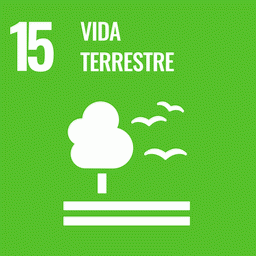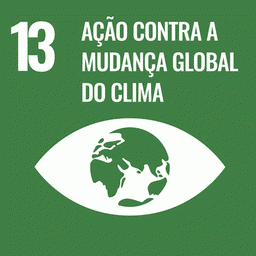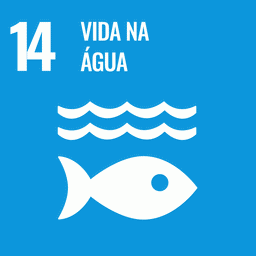Intensive agriculture alters headwater streams, but our understanding of its effects is limited in tropical regions where rates of agricultural expansion and intensification are currently greatest. Riparian forest protections are an important conservation tool, but whether they provide adequate protection of stream function in these areas of rapid tropical agricultural development has not been well studied. To address these gaps, we conducted a study in the lowland Brazilian Amazon, an area undergoing rapid cropland expansion, to assess the effects of land use change on organic matter dynamics (OM), ecosystem metabolism, and nutrient concentrations and uptake (nitrate and phosphate) in 11 first order streams draining forested (n = 4) or cropland (n = 7) watersheds with intact riparian forests. We found that streams had similar terrestrial litter inputs, but OM biomass was lower in cropland streams. Gross primary productivity was low and not different between land uses, but ecosystem respiration and net ecosystem production showed greater seasonality in cropland streams. Although we found no difference in stream concentrations of dissolved nutrients, phosphate uptake exceeded nitrate uptake in all streams and was higher in cropland than forested streams. This indicates that streams will be more retentive of phosphorus than nitrogen and that if fertilizer nitrogen reaches streams, it will be exported in stream networks. Overall, we found relatively subtle differences in stream function, indicating that riparian buffers have thus far provided protection against major functional shifts seen in other systems. However, the changes we did observe were linked to watershed scale shifts in hydrology, water temperature, and light availability resulting from watershed deforestation. This has implications for the conservation of tens of thousands of stream kilometers across the expanding Amazon cropland region.
Terras Indígenas na Amazônia
Mapa produzido pelo IPAM localiza as terras indígenas na Amazônia.


